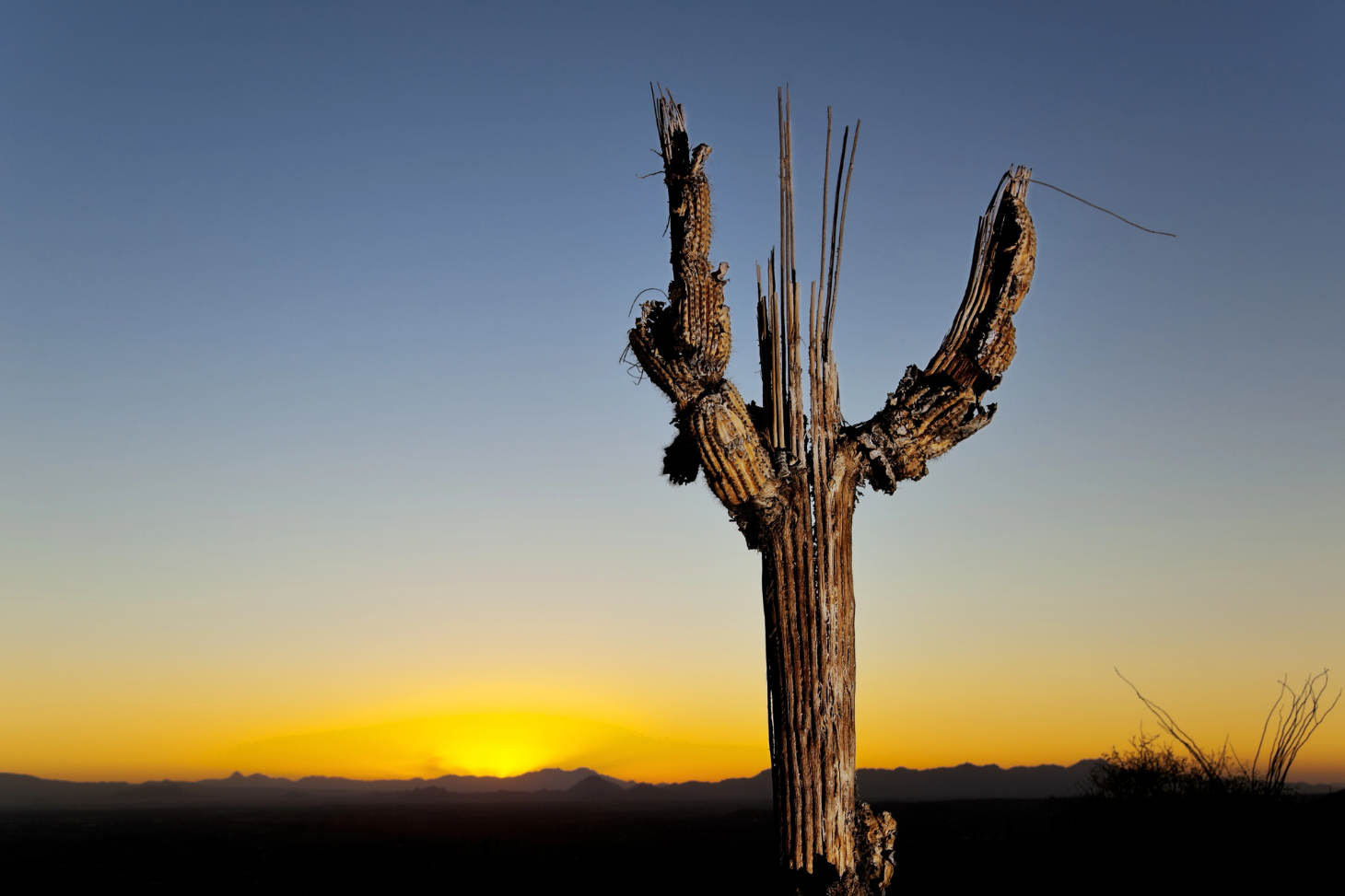Dead Cactus: Common Causes and How to Revive Them
Does your once-thriving cactus look unhealthy now? It might seem strange to think about a cactus dying, but these hardy plants can face issues that threaten their survival. Signs of trouble often include soft or mushy spots, discoloration, and an unpleasant smell. Recognizing these signs early can make the difference between life and death for your cactus.
Cacti are resilient but can suffer if they receive too much water or lack proper drainage. Unlike many other plants, cacti are adapted to dry climates and need careful attention to their watering schedule. This is critical since overwatering is a common mistake that can lead to root rot and a dying cactus.
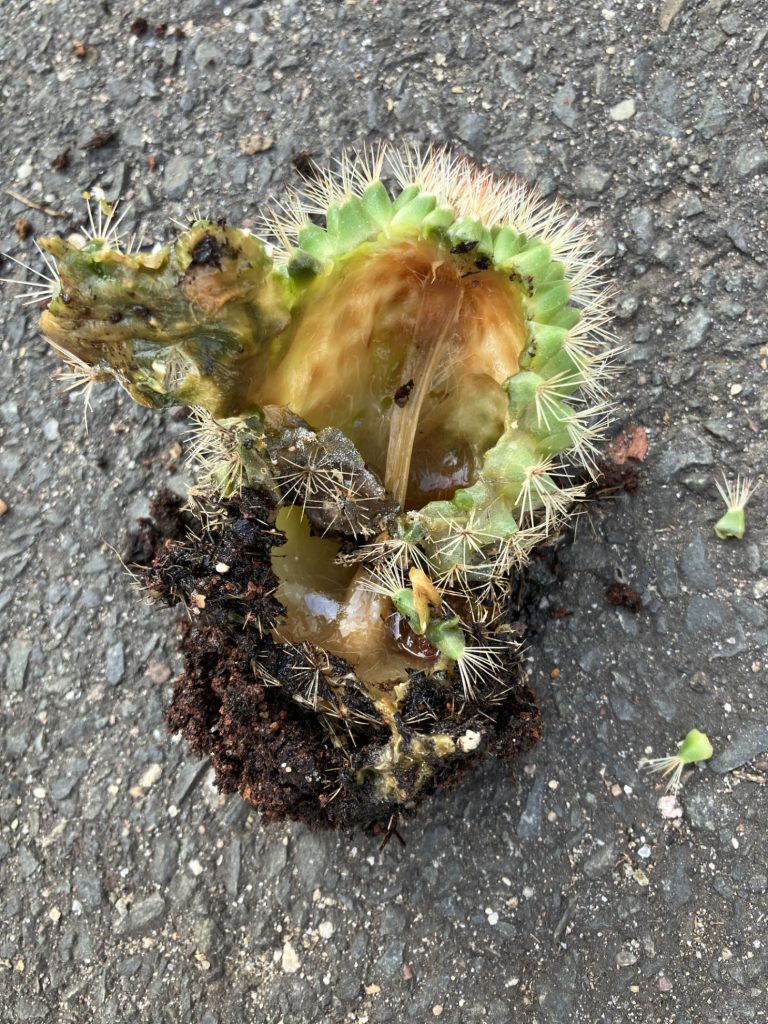
Key Takeaways
- Identify potential problems by checking for softness or discoloration.
- Avoid common pitfalls like overwatering to prevent cactus health issues.
Biology of Cacti
Cacti are fascinating plants that adapt to arid conditions by storing water in their thick stems. Understanding specific types like the saguaro cactus, or Carnegiea gigantea, and identifying signs of a dead cactus can be essential for proper care.
Life Cycle of Saguaro Cactus
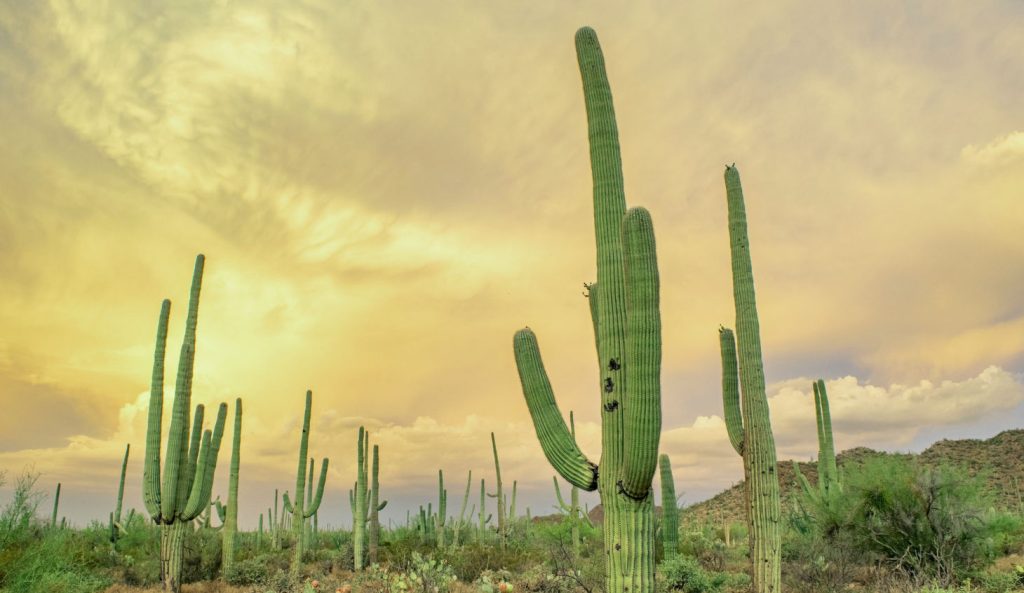
The saguaro cactus, known scientifically as Carnegiea gigantea, is a towering giant in the desert landscape. It begins its life as a tiny seed, often sprouting under the protection of a “nurse tree” like a mesquite. This protection is crucial during early growth stages.
You may find young saguaros measuring around 1.5 inches tall at ten years. By the time they reach 50-75 years, they start developing their first arms. These arms are vital as they increase reproductive capacity through more flowers and fruits.
Saguaro cacti can live for over 150 years, reaching heights of up to 40-60 feet. Their ability to store water in the thick, ribbed skin helps them survive long periods of drought. During rainy seasons, they can weigh several tons due to water absorption.
Signs of a Dead Cactus
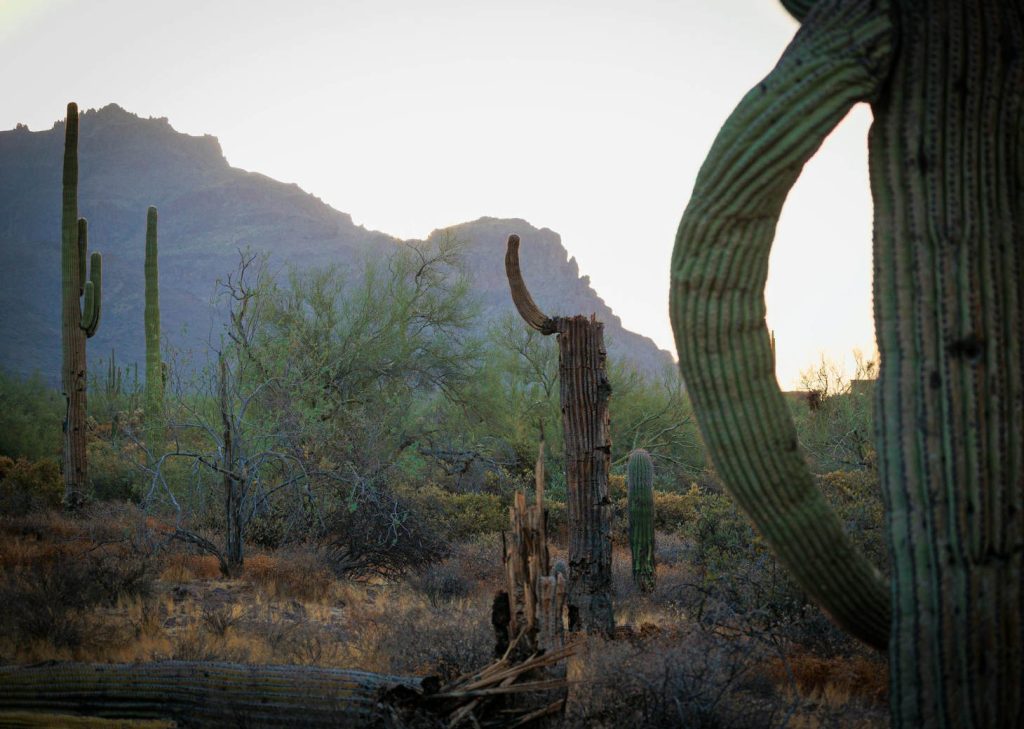
Recognizing when a cactus is dying or already dead can help you take corrective action. One sign of trouble is if the cactus becomes wobbly or falls over, indicating loose roots or rot, commonly due to overwatering.
Another sign is the loss of spikes or softening of tissues. A healthy cactus should be firm and structurally sound. Be wary of dark patches or a foul smell, as these can indicate fungal infections or decay.
A dead saguaro, like other cacti, may also show changes in color, such as dull or brownish hues. It’s essential to identify these signs early for possible recovery efforts, although sometimes, a replacement may be necessary.
Environmental Factors
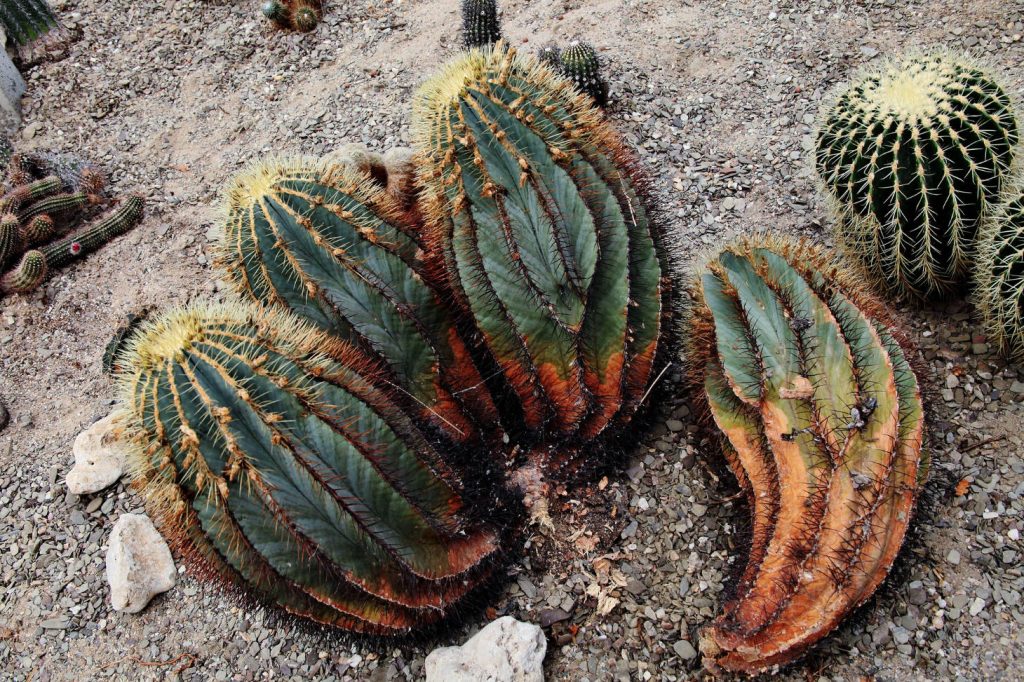
Cacti, including those in the Sonoran Desert, face challenges from environmental factors like drought and varying desert conditions. Understanding these influences helps in caring for these unique plants.
Impact of Drought on Cacti
Drought is a significant threat to cacti. These plants have adaptations like the ability to store water in their thick stems. Despite this, extreme and prolonged droughts can deplete their water reserves. Without adequate water, cacti cannot maintain their structural integrity and are prone to collapse.
During extended droughts, you might notice cacti looking shriveled or discolored. This stress can also make them more vulnerable to pests and diseases. When conditions improve, damaged cacti may recover slowly, but some severe drought impacts can be irreversible.
Sonoran Desert Conditions
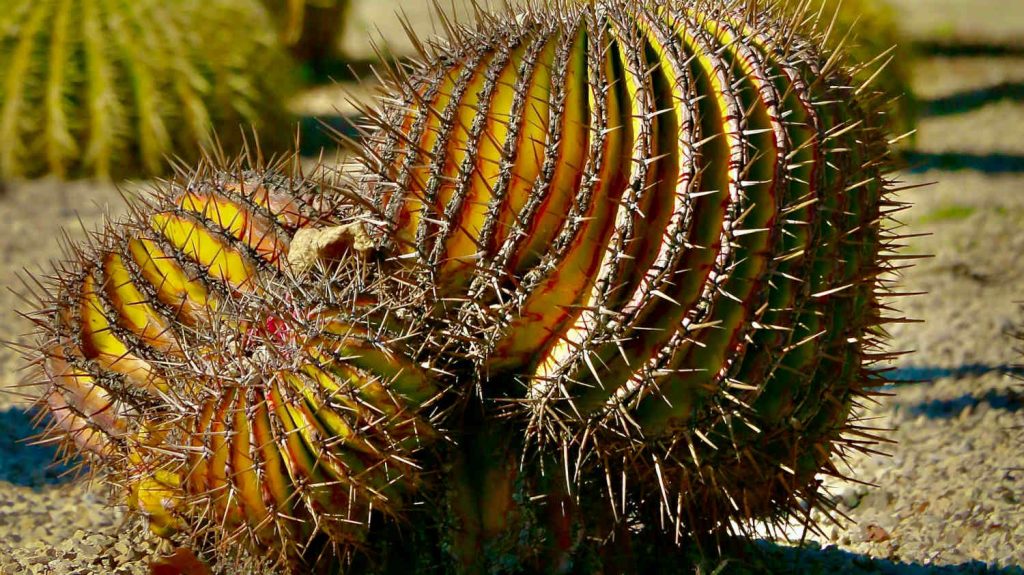
The Sonoran Desert offers unique challenges such as high temperatures and low annual rainfall. Cacti here have adapted to survive under intense sunlight and heat. Their waxy skin reduces water loss, and their ability to expand when water is available is crucial.
In the Sonoran Desert, temperatures can be extreme, leading to heat stress. This stress can damage or even kill cacti if prolonged. The variability in temperature, along with sudden rain, can cause unexpected changes that affect cacti health. Understanding these conditions can aid in preserving and protecting these remarkable plants in their natural habitat.
Frequently Asked Questions
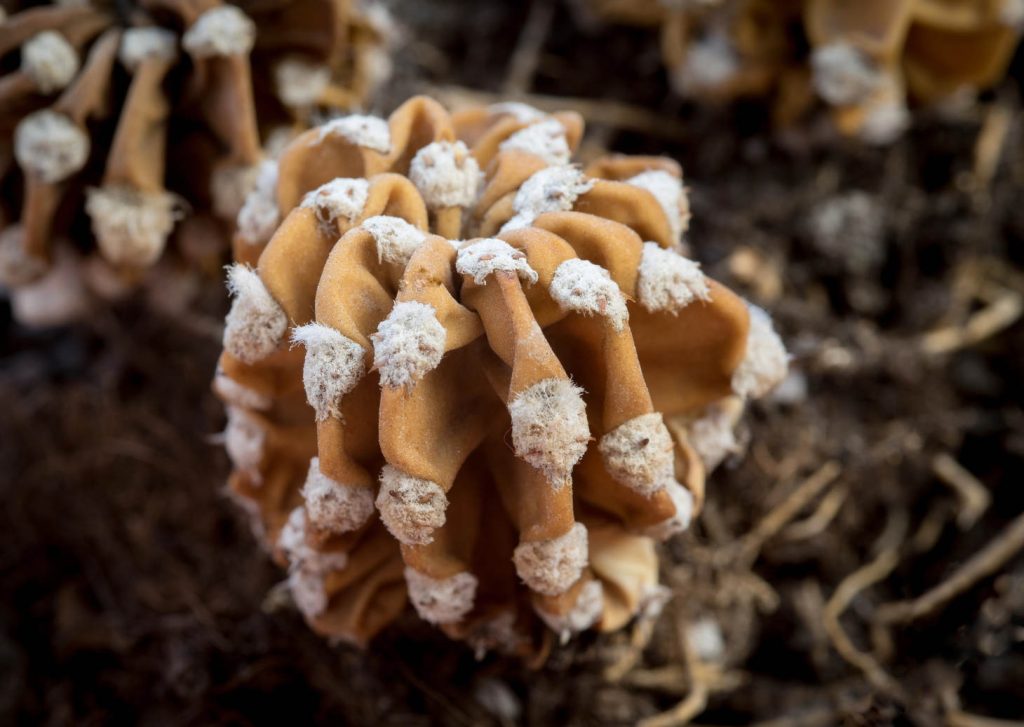
Cacti can sometimes show signs of distress that can be mistaken for death, but with careful observation and action, they can often be saved. Here are common queries and their answers about dealing with dying or dead cacti.
How can you tell if a cactus has died?
A cactus may be dead if it feels completely soft and mushy. Look for brown or black spots at the base. These signs often mean that rot has set in.
Can a cactus that appears dead be revived, and if so, how?
It is possible to revive a cactus that shows signs of life. Gently remove it from the soil, check for and cut away any rotting parts, and repot it in fresh, well-draining soil while ensuring proper watering and lighting conditions.
What are the signs that a cactus is dehydrated?
Signs of dehydrated cacti include a wrinkled or shriveled appearance, soft and mushy stems, and dull or discolored spines.
Is it possible for a cactus to recover after turning brown?
If a cactus has only turned brown in small areas, it might still recover. Trim damaged parts and ensure proper care.
What should be done with the dead parts of a cactus?
Dead parts should be cut away from the healthy parts with a clean knife. Let the cuts dry and callus over before attempting any further care.
How can you properly care for a cactus that is dying from the bottom up?
Repot a dying cactus in fresh, well-draining soil and allow it to dry out completely before watering. Ensure that the pot provides good drainage to prevent further issues.

